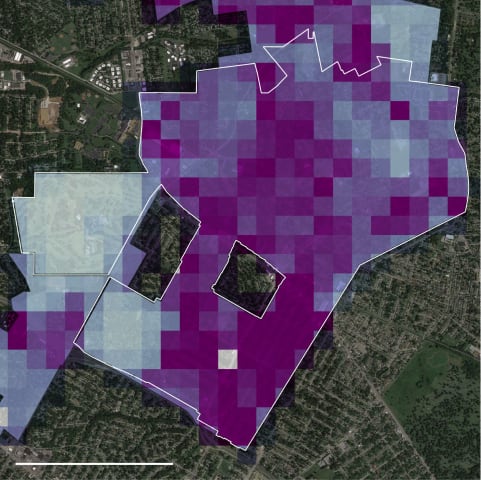Description: Buenos Aires city government uses a facial recognition system that has led to numerous false arrests.
Entities
View all entitiesAlleged: unknown developed an AI system deployed by Buenos Aires city government, which harmed Buenos Aires children.
Incident Stats
Incident ID
76
Report Count
1
Incident Date
2020-10-09
Editors
Sean McGregor, Khoa Lam
Applied Taxonomies
CSETv0 Taxonomy Classifications
Taxonomy DetailsProblem Nature
Indicates which, if any, of the following types of AI failure describe the incident: "Specification," i.e. the system's behavior did not align with the true intentions of its designer, operator, etc; "Robustness," i.e. the system operated unsafely because of features or changes in its environment, or in the inputs the system received; "Assurance," i.e. the system could not be adequately monitored or controlled during operation.
Specification, Robustness
Physical System
Where relevant, indicates whether the AI system(s) was embedded into or tightly associated with specific types of hardware.
Software only, Other:CCTV Cameras
Level of Autonomy
The degree to which the AI system(s) functions independently from human intervention. "High" means there is no human involved in the system action execution; "Medium" means the system generates a decision and a human oversees the resulting action; "low" means the system generates decision-support output and a human makes a decision and executes an action.
Medium
Nature of End User
"Expert" if users with special training or technical expertise were the ones meant to benefit from the AI system(s)’ operation; "Amateur" if the AI systems were primarily meant to benefit the general public or untrained users.
Amateur
Public Sector Deployment
"Yes" if the AI system(s) involved in the accident were being used by the public sector or for the administration of public goods (for example, public transportation). "No" if the system(s) were being used in the private sector or for commercial purposes (for example, a ride-sharing company), on the other.
Yes
Data Inputs
A brief description of the data that the AI system(s) used or were trained on.
photo IDs, names birthdays, and national IDs of people suspected of crimes, camera feed
CSETv1 Taxonomy Classifications
Taxonomy DetailsIncident Number
The number of the incident in the AI Incident Database.
76
CSETv1_Annotator-1 Taxonomy Classifications
Taxonomy DetailsIncident Number
The number of the incident in the AI Incident Database.
76
CSETv1_Annotator-3 Taxonomy Classifications
Taxonomy DetailsIncident Number
The number of the incident in the AI Incident Database.
76
Incident Reports
Reports Timeline
technologyreview.com · 2020
- View the original report at its source
- View the report at the Internet Archive
In a national database in Argentina, tens of thousands of entries detail the names, birthdays, and national IDs of people suspected of crimes. The database, known as the Consulta Nacional de Rebeldías y Capturas (National Register of Fugiti…
Variants
A "variant" is an incident that shares the same causative factors, produces similar harms, and involves the same intelligent systems as a known AI incident. Rather than index variants as entirely separate incidents, we list variations of incidents under the first similar incident submitted to the database. Unlike other submission types to the incident database, variants are not required to have reporting in evidence external to the Incident Database. Learn more from the research paper.
Similar Incidents
Did our AI mess up? Flag the unrelated incidents

Predictive Policing Biases of PredPol
· 17 reports

Northpointe Risk Models
· 15 reports
Similar Incidents
Did our AI mess up? Flag the unrelated incidents

Predictive Policing Biases of PredPol
· 17 reports

Northpointe Risk Models
· 15 reports


